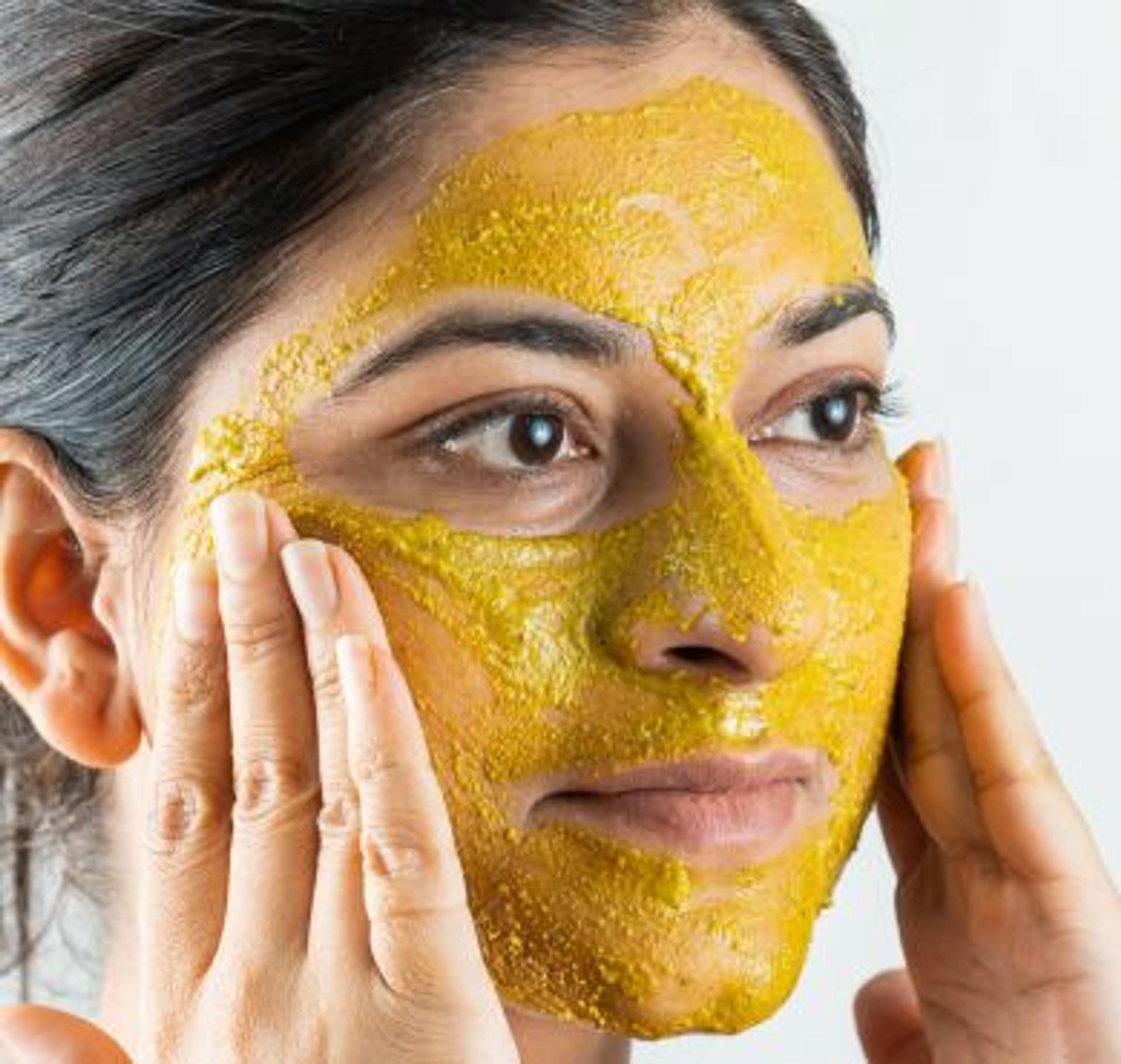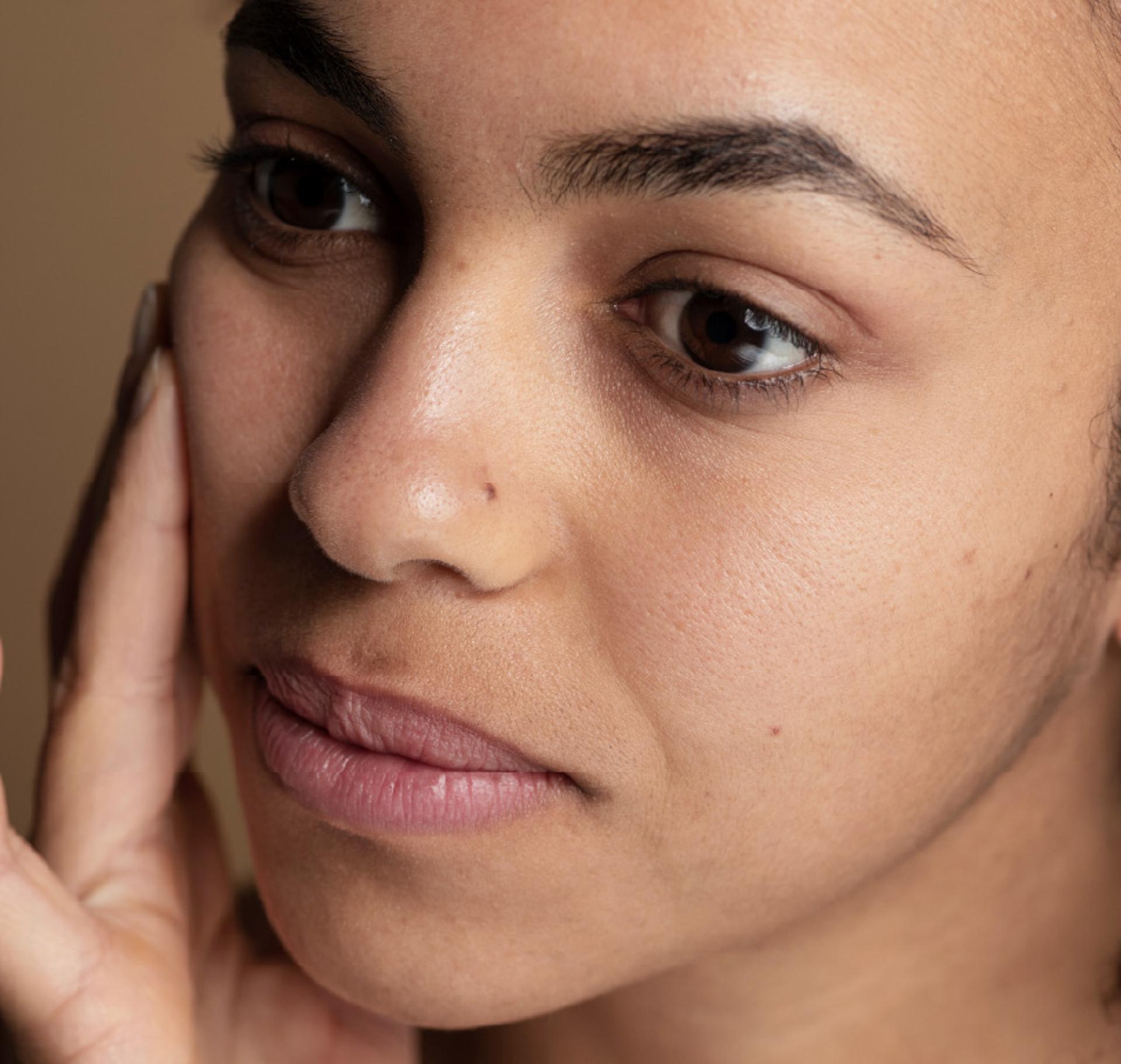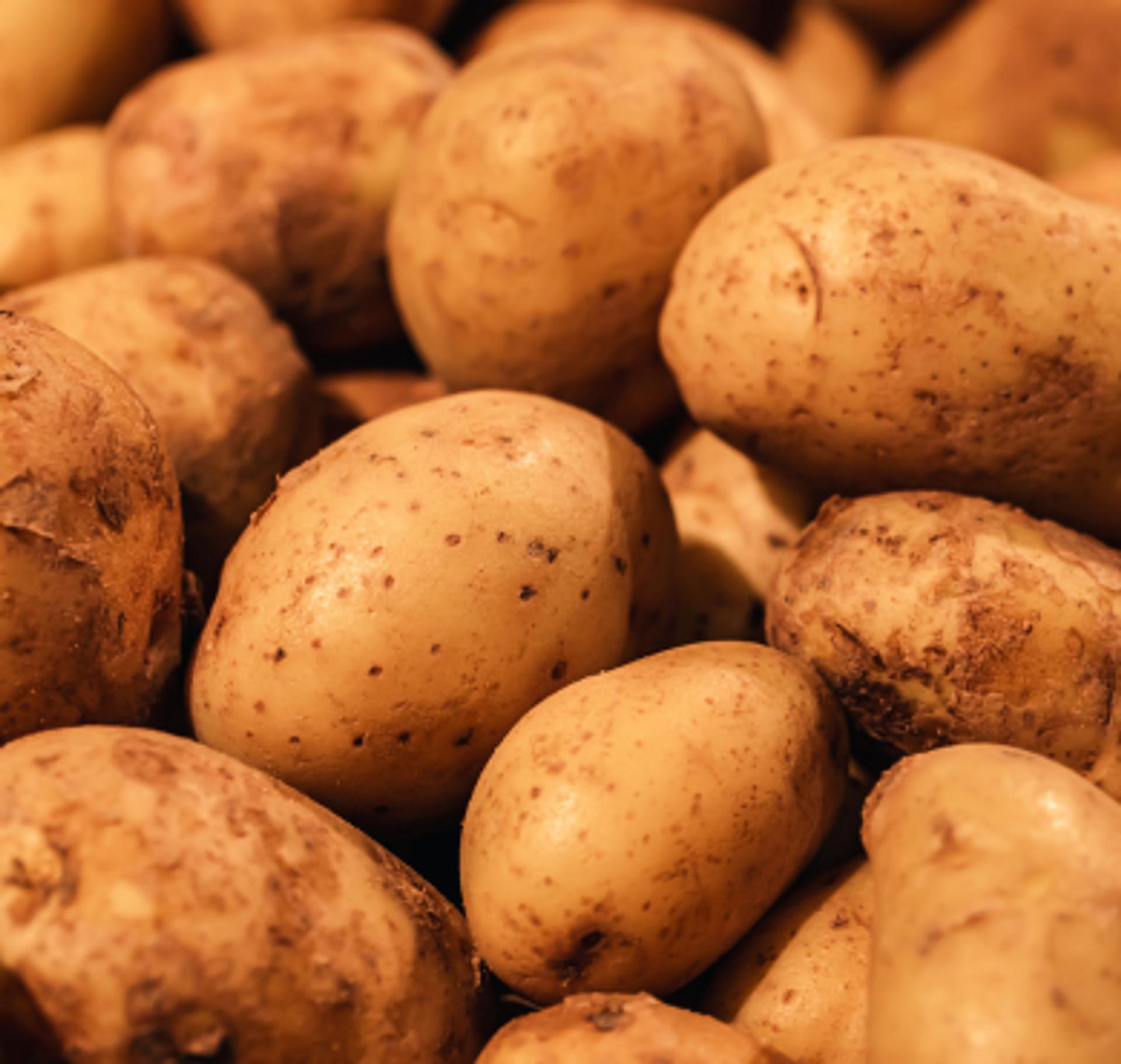
What Happens When a Humble Aloo Meets Your Skin
By Nat Habit
Who knew your kitchen’s most underrated comfort food—yes, the aloo—had a secret double life? Not just as fries or sabzi, but as a brightening, calming, anti-puff skin hero.
It may sit quietly in your kitchen basket, unassuming in its dusty brown skin—but beneath that surface, the potato holds a reservoir of bioactive compounds, enzymes, antioxidants, and minerals that your skin understands in a language older than serums.
Potato isn’t just a folk remedy—it’s a cell-level skin soother, brightener, hydrator, and anti-inflammatory when used in the right form, with the right understanding. Let’s explore what actually makes this starchy root such a skin ally.
What’s Inside
The Bioactive Chemistry of Potato
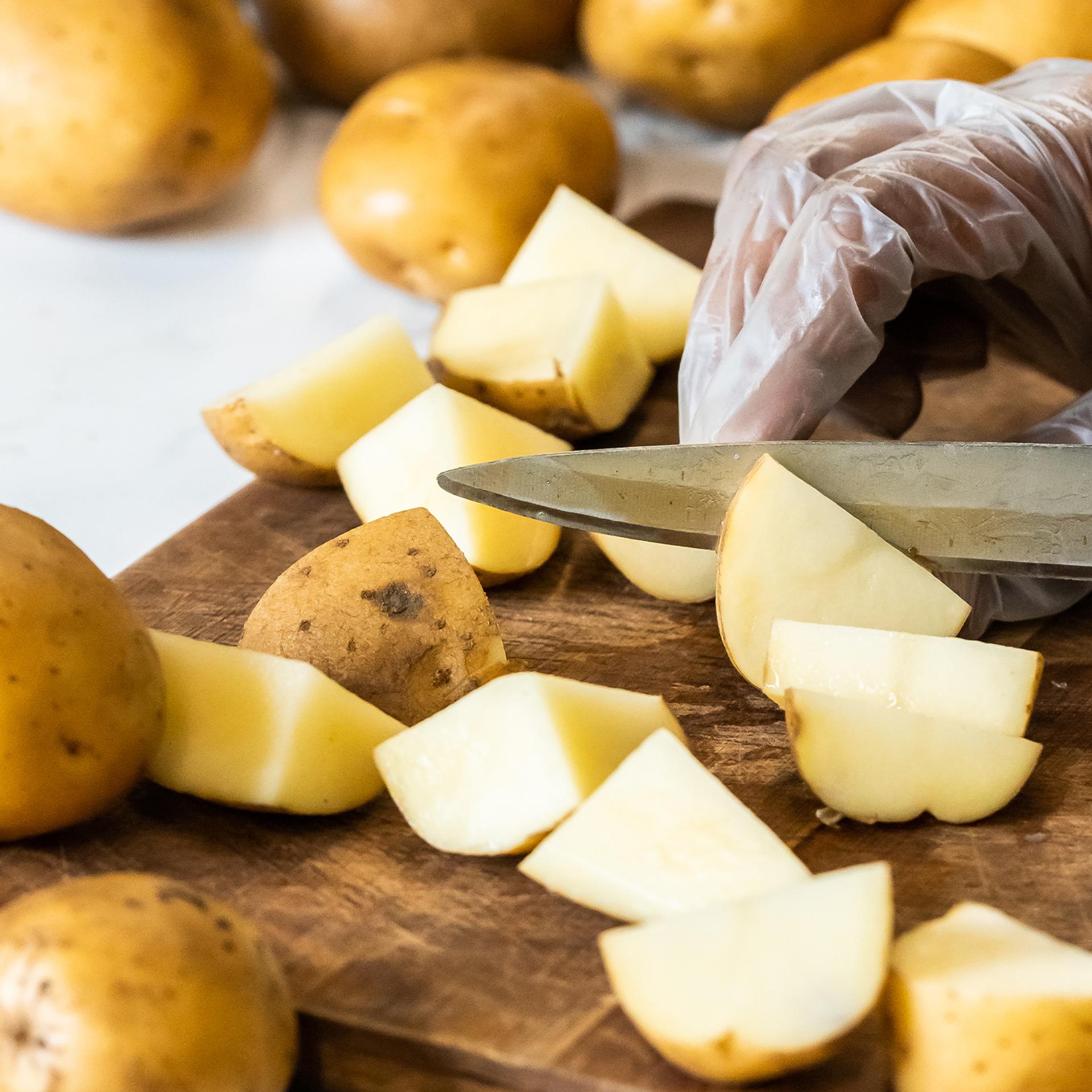
Potato is about 80% water, and the rest is an intelligent mix of complex carbohydrates, vitamins, trace enzymes, and plant antioxidants. Its high starch content acts as a natural humectant and film-forming agent, gently binding moisture to the skin’s surface and reducing transepidermal water loss.
One of its key bioactives is catecholase, an enzyme involved in plant pigmentation pathways. On skin, this enzyme plays a gentle role in modulating melanin production, particularly useful for mild hyperpigmentation, tanning, and post-acne spots. Alongside it, you’ll find Vitamin C, niacin (Vitamin B3), and Vitamin B6—all of which contribute to collagen protection, inflammation control, and skin texture refinement.
Potassium, present in generous amounts, helps balance fluid retention and is especially useful for puffy, tired skin.
Potato also contains trace phenolic compounds such as chlorogenic acid, particularly in its peel, which offer antioxidant and anti-inflammatory benefits—protecting skin against oxidative stress and supporting recovery from sun exposure and pollution damage.
Different Forms, Different Actions
Peel, Juice, Raw & Boiled
1. Raw Potato Juice
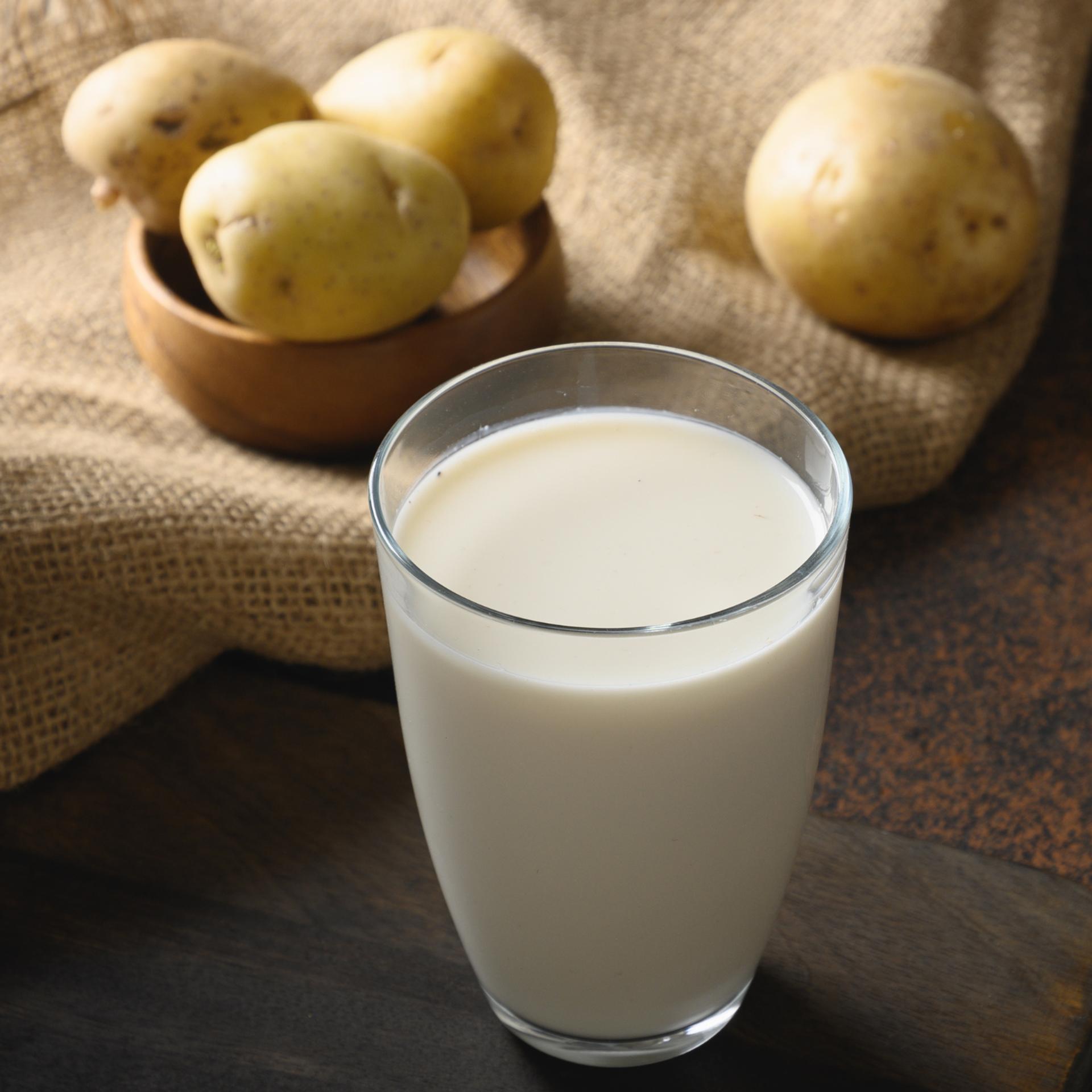
This is the most enzyme-active form, ideal for pigmentation and dullness. The juice carries fresh catecholase and Vitamin C that work best when applied immediately after extraction. These compounds oxidise rapidly, so the juice should be used within minutes. It mildly inhibits tyrosinase activity, the enzyme responsible for melanin production, and may help fade mild sun spots, dark circles, and post-acne pigmentation over time.
Fresh juice also contains alkaline compounds that help soothe skin irritation, especially after sun exposure. But since its enzymes are quite bioactive, it’s best diluted or paired with calming ingredients like rose water or aloe vera for sensitive skin.
2. Grated or Blended Raw Pulp
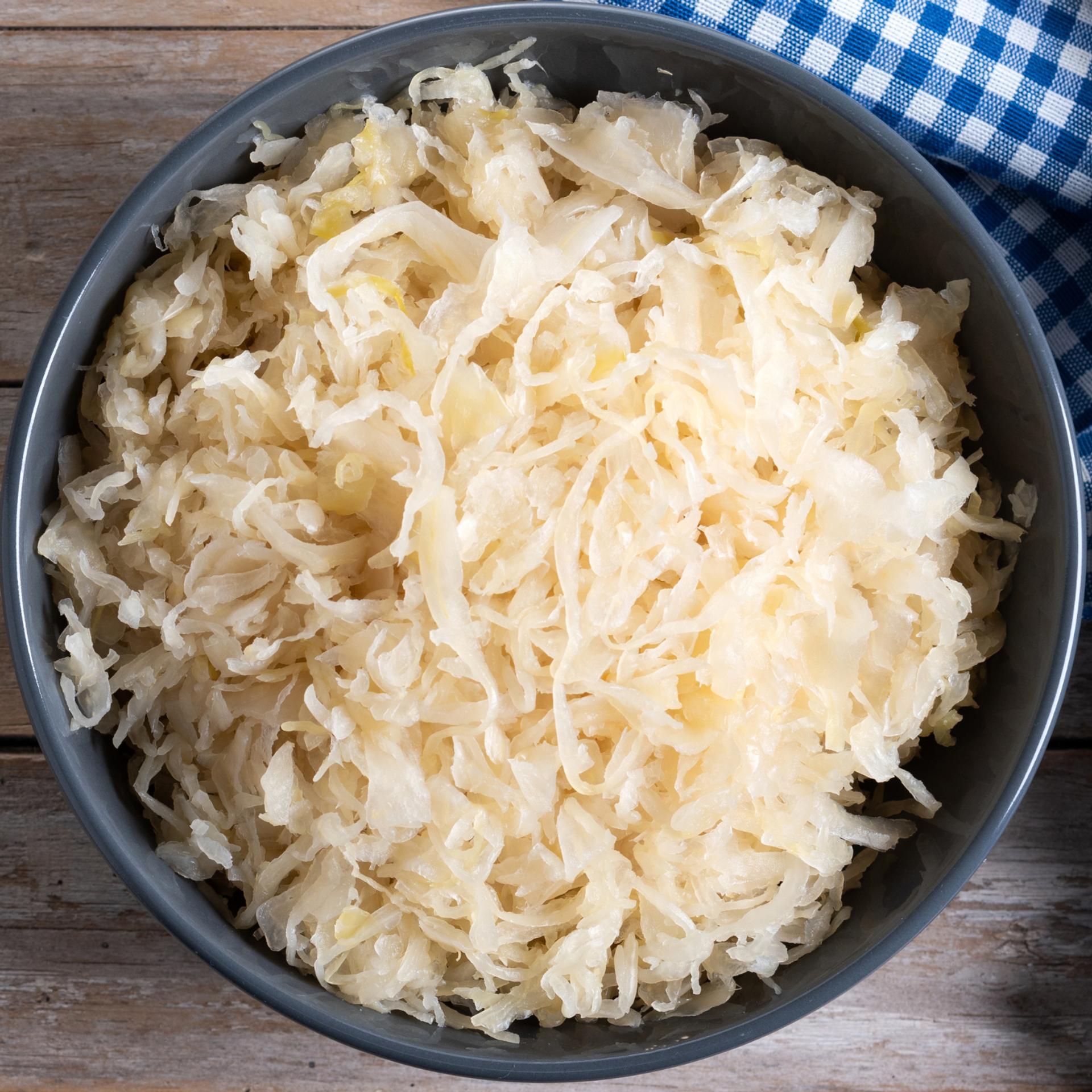
This retains all the moisture, starch, and enzymes, along with mild abrasiveness from the intact cells. The starch here acts as a soft film on the skin, holding hydration and gently cooling inflamed areas. It’s particularly effective for acne-prone or flushed skin, and when mixed with ingredients like turmeric or honey, becomes a potent anti-inflammatory mask.
The whole pulp is also richer in fibre and natural sugars, offering a gentle exfoliating and brightening action when used as a soft scrub or mask.
3. Boiled, Mashed Potato
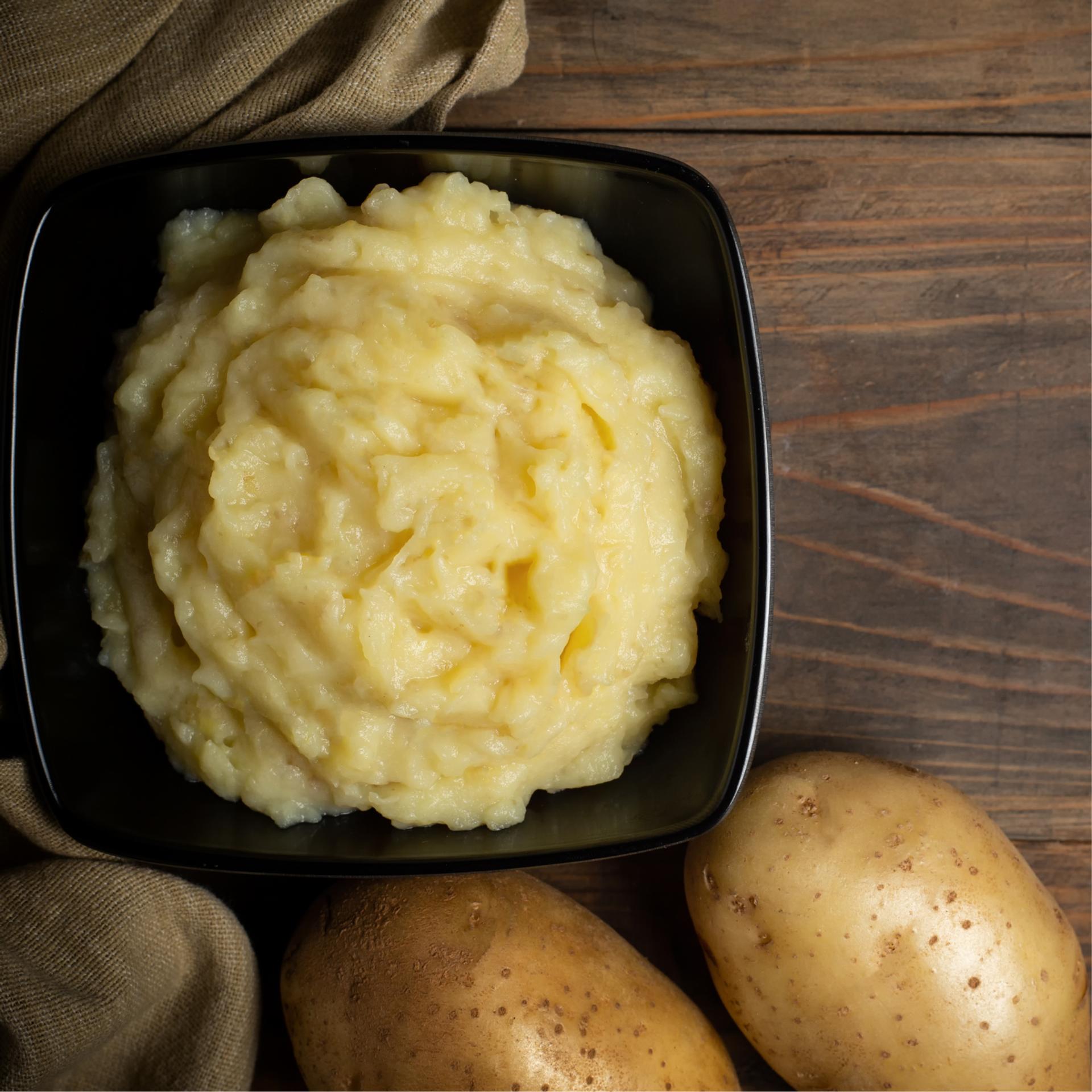
Once cooked, most enzymes like catecholase are deactivated and the Vitamin C is largely lost due to heat. However, the complex starches become gelatinised—meaning they turn into a dense, water-binding mesh that provides deep emollience and hydration, especially helpful for dry, flaky, or irritated skin.
Boiled potato pulp, when mixed with milk cream or honey, makes for a deeply nourishing winter skin mask or a remedy for sunburned, compromised skin that needs repair without active stimulation.
4. Potato Peel
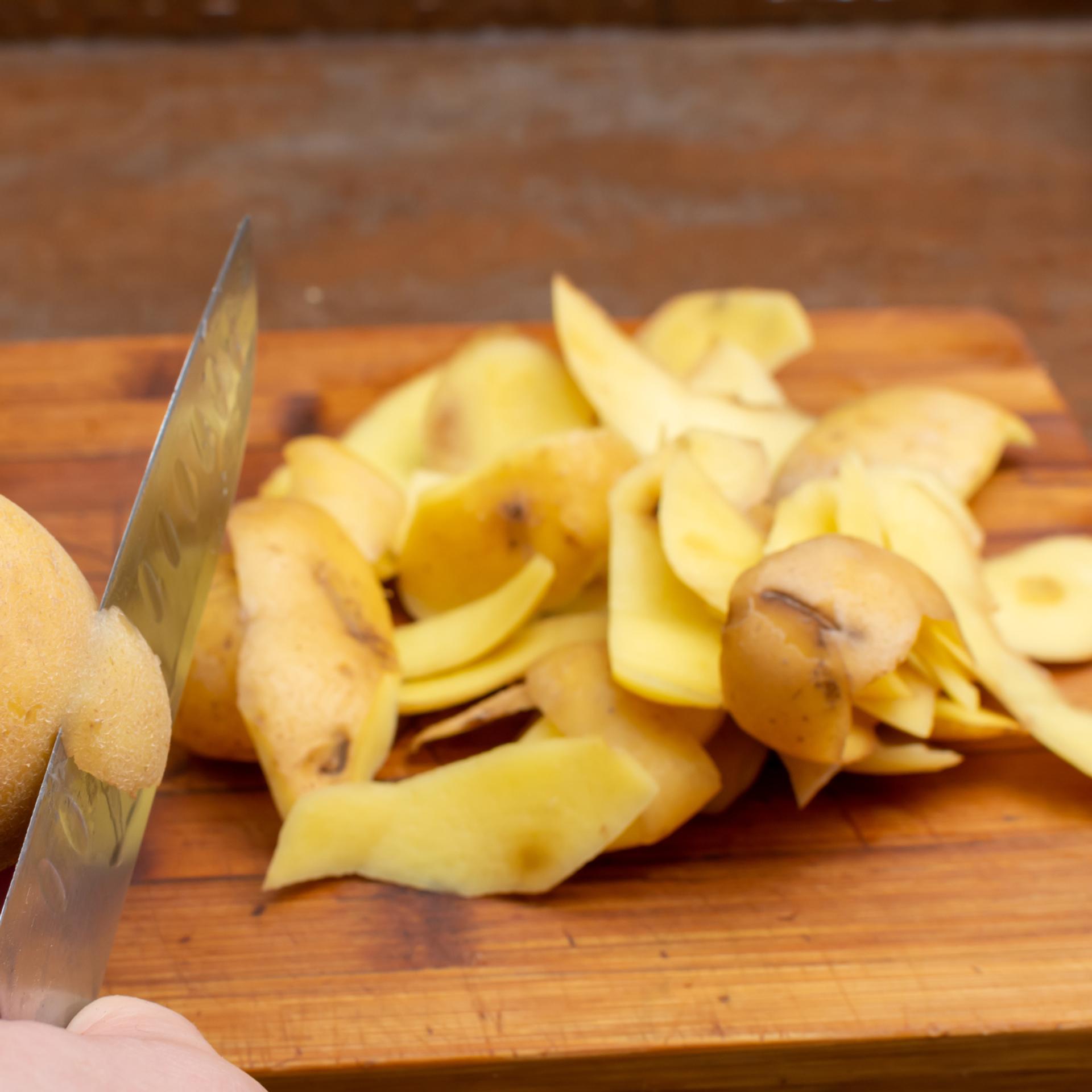
Thin, clean peels contain a higher concentration of polyphenols and antioxidant compounds, particularly chlorogenic acid. These offer protection against free radicals and help reduce low-grade inflammation on the skin. However, caution must be taken: green-tinged or sprouting peels can contain solanine, a glycoalkaloid compound that’s potentially irritating or phototoxic. Always use fresh, white, healthy peels and never from refrigerated or old potatoes.
Peels can be gently crushed and applied on stubborn spots, or infused into water for a skin-balancing rinse. They are especially useful in skin that’s exposed to oxidative stress—city pollution, long sun hours, or post-exfoliation redness.
How It Actually Works on Skin

- Brightening & Depigmentation: Catecholase in fresh juice and pulp competes with melanin-producing enzymes and slows down pigment accumulation. It doesn’t bleach—it simply supports natural fading and evening out.
- Hydration & Barrier Repair: Potato starches, especially after cooking, form a breathable protective layer that traps moisture, strengthens barrier lipids, and reduces sensitivity from transepidermal water loss.
- Anti-inflammatory Action: The potassium, phenolics, and sugars calm flare-ups—be it redness, acne, or puffiness. Potato acts as a mild skin sedative in cases of over-treatment or sun irritation.
- Under-eye De-puffing: Cold raw potato slices or juice can constrict blood vessels, reduce pooling under the eyes, and smooth morning puffiness due to fluid accumulation or poor lymph drainage.
Points of Caution

Final Word
Nature’s Gentle Brightener
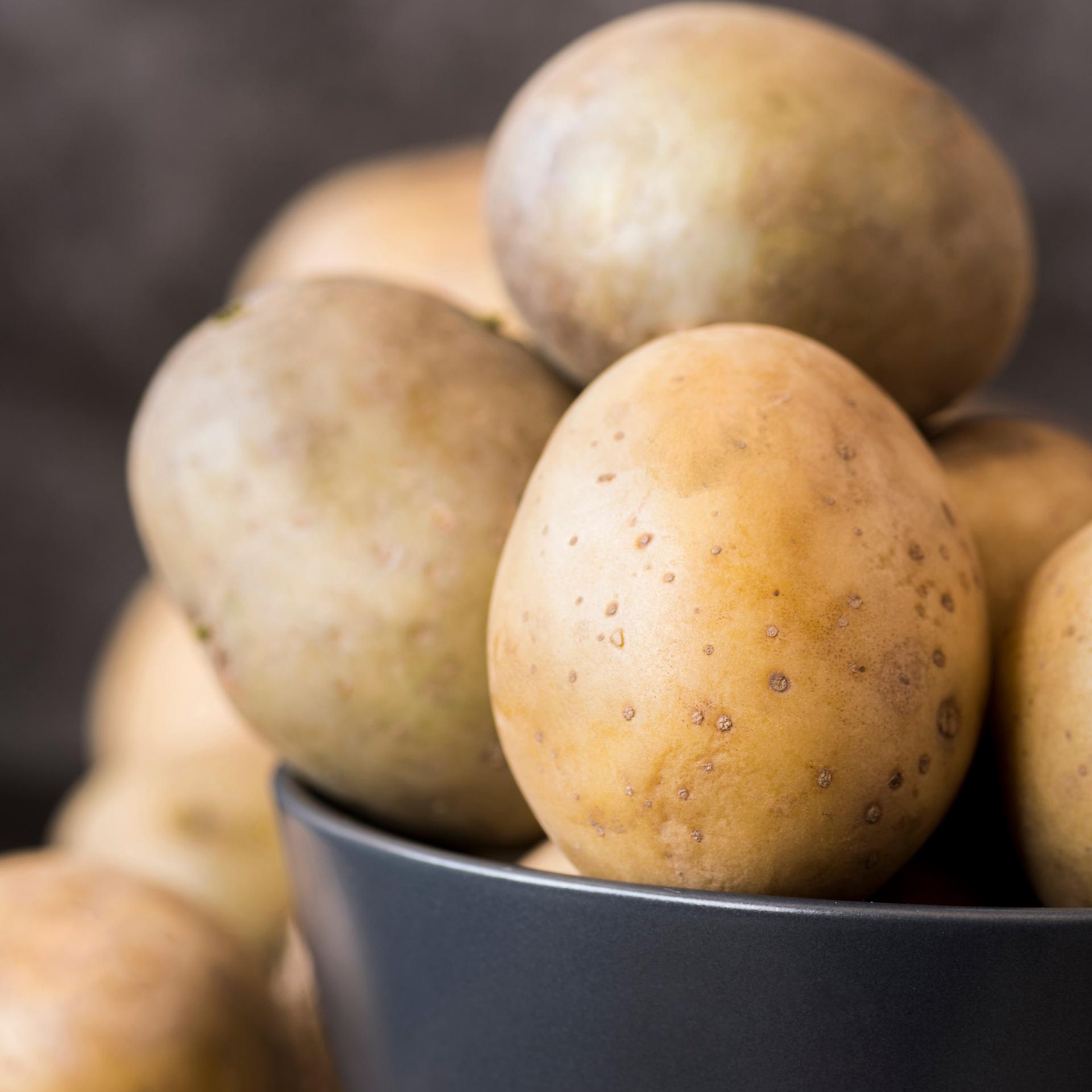
Potato is not a dramatic, overnight fixer. But when used consistently in its fresh, correct form, it becomes a valuable botanical in the skin-repair toolkit. It asks for patience, but pays back in quiet clarity and soft resilience.
Learn more


